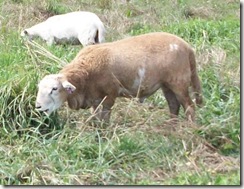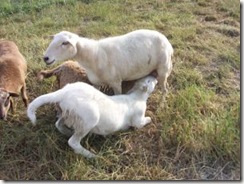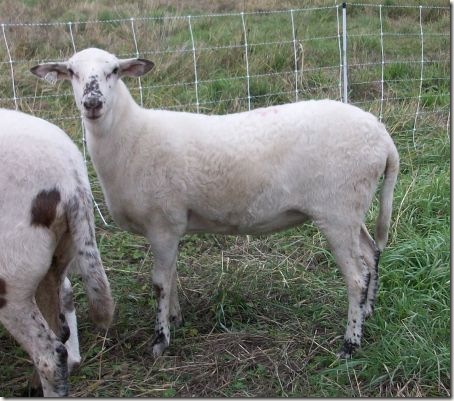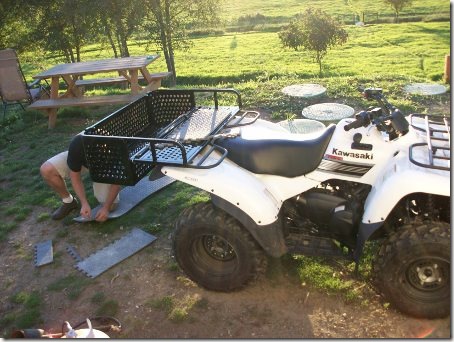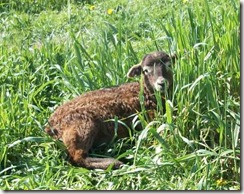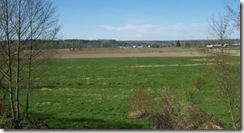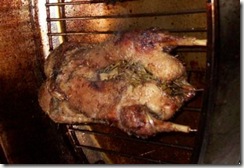 Sunday we had a coyote attack on our ducks, after going all summer without losing any. Usually a coyote will just take one duck and make off with it. But this time, it was a major fray, in the middle of the day. We had fourteen ducks, and I think this little doggy managed to bite every single one of them! It was either a group of coyotes (though Kirk only saw one streak across the driveway when he went outside) or a young pup that got carried away with enthusiasm and unskilled efforts at dispatching birds!
Sunday we had a coyote attack on our ducks, after going all summer without losing any. Usually a coyote will just take one duck and make off with it. But this time, it was a major fray, in the middle of the day. We had fourteen ducks, and I think this little doggy managed to bite every single one of them! It was either a group of coyotes (though Kirk only saw one streak across the driveway when he went outside) or a young pup that got carried away with enthusiasm and unskilled efforts at dispatching birds!
Three ducks are outright missing (sewn-up duck is one of them, I am sad!). I found two freshly dead, and another died later from apparent internal injuries. So, we are down to eight from fourteen, in one incident! Ouch! I’m not certain we have a boy left in the group either, uh oh!
The two freshly killed ones I decided we could eat, they were still warm when we found them, and I had time, so I butchered them up! A hillbilly would never let a coyote’s leftovers go to waste, after all! 😉
Continue reading “Hillbilly Dinner: The Coyote’s Leftovers” →
 Here are some notes I had on a marketing presentation I heard at the KHSI Expo in Oregon. Dr. Charles Parker has a long background in livestock research, and he spoke on the future of the lamb industry in this country, and how we should be thinking about marketing our product.
Here are some notes I had on a marketing presentation I heard at the KHSI Expo in Oregon. Dr. Charles Parker has a long background in livestock research, and he spoke on the future of the lamb industry in this country, and how we should be thinking about marketing our product.

